How Are Diamonds Mined And Processed
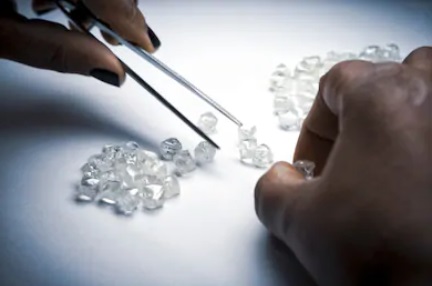
There are four main things we usually associate diamonds to when we see or hear about them. First, we think of how astonishing they would look on our partner’s fingers. Next, we all know diamonds are the hardest substance on Earth even though many of us have a misconception that they are unbreakable (in truth they are!).
Also, some of us can relate to the industrial uses of diamonds as super heat sinks or drilling parts. And finally, most of us probably stereotype them with the high price tags pegged to diamond jewelry. Together, these four things may seem like they cover everything related to diamonds or do they not?
When was the last time you thought about the African people and miners who are getting their hands dirty in order for you to wear that beautiful engagement ring? As it turns out, mining for diamonds is one of the most resource-heavy and time-consuming processes that companies have to invest their efforts in.
Even with all our technological advances and engineering tools, diamond mining still incorporates a certain level of art and science combined. So, let us also take a look at some methods in which rough diamonds are extracted from the ground.
Here is a list of topics we will be covering:
Diamond Pipe Mining – Open Ground/Underground
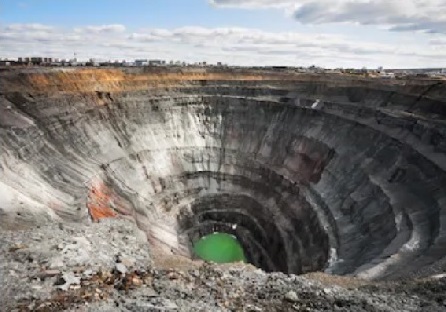
The Mir open-pit mine (“World” or “Peace”) in Russian city, Mirny.
Before any actual mining even takes place, prospectors need to locate the diamond sources first. Geologists do this by following the trail of secondary diamond sources (e.g. river beds) to determine where the primary sources of pipe deposits are.
Once the pipes are found, ore samples are examined to evaluate suitability and profitability in mining. If the presence of diamonds is proven true and profitable, shanks are inserted into the ground at the ore-bearing pipes and huge amounts of soil are extracted.
To make mining efficient and effective, the raw rock and soil are typically not examined on-site. Instead, they are transported to special plants where the ore is processed and the rough diamonds are extracted. Depending on how rich the ore is, a few hundred tons of ore might be sieved just to produce a single carat of gem quality rough diamonds.
Even after extraction, the rough diamond is still far from being set in an engagement ring. In heavily secured facilities, rough stones are sorted into various gem-quality categories and industrial-specific grades. Thereafter, the roughs are sold, cut, polished and commercialized.
As you can imagine, the journey a rough diamond undergoes from its violent formation process to being mounted on an exquisite setting is a long process and passes through many different channels.
Alluvial Diamond Mining – Gathering Diamonds on the Surface
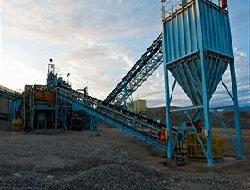
Alluvial mining processing plant.
Throughout the course of history, the Earth’s landscape had been constantly changing. Water, streams and rivers are the main drivers in the formation of secondary mining deposits as they can transport rough diamonds away from Kimberlite pipes to locations as far out as the ocean.
Another mining method that is frequently used is called alluvial mining. This type of mining is usually performed in areas of secondary deposits like riverbanks, beaches or even off-shore locations.
Alluvial mining involves the building of walls and the diversion of rivers. Once the water is emptied out and prevented from flowing into the area of interest, bulldozers are then used to exploit the ground of the riverbank.
Usually, kimberlite ore can be found in depths of at least 15 meters. When the diamond-rich depth is reached, the raw material extracted from the ground is then transported to a special screening plant for further processing.
There’s another form of alluvial mining called artisanal mining. In essence, it is basically the same method employed by gold diggers which involves the screening and straining of mud.
In the case of artisanal mining, the extraction process usually takes a longer time as it involves low tech equipment and manual labor. Compared to alluvial mining, the post-processing is shorter and is a less resource-consuming task as diamonds are identified in situ of the work area.
Offshore Marine Diamond Mining
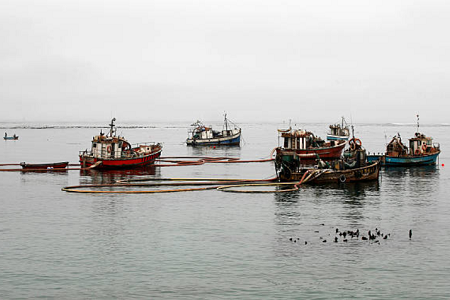
Coastal ships fitted with vacuum suction tubes for marine mining.
Deposits of diamonds found in marine bodies are a result of kimberlite pipe erosion. When heavy rain occurs, the exposed diamonds are washed into rivers and carried towards the coast.
Namibia is a country that holds the biggest quantity of gem quality marine deposits in the world. Currently, the country has a partnership with De Beers to conduct marine-based recovery and it has produced more volume than land based mining.
Because marine deposits are distributed over large areas unevenly, mining companies utilize different methods to mine them. Some of these methods include shallow-water mining, deep sea operations involving high tech equipment and simple alluvial mining.
Like open pit mining, the ore materials are usually transported offsite for further processing.
The Impact of Diamond Mining on Our Environment
Did you know that alluvial mining can cause serious deterioration and damage to our natural environment? You might have heard of the Big Hole (the Kimberley open mine) or the Jagersfontein Mine where some of the most famous diamonds in history had been unearthed.
Unknown to many people, these mines are the biggest man-made holes and had also left permanent scars on our planet’s surface which could be seen from space.

Largest man-made hole on Earth – The Kimberly open pit mine
Related Articles
Leave A Comment

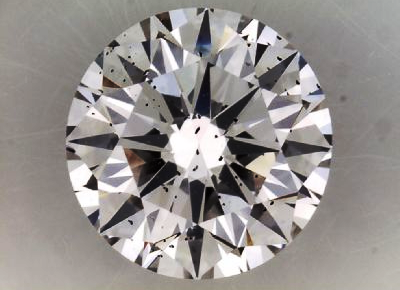
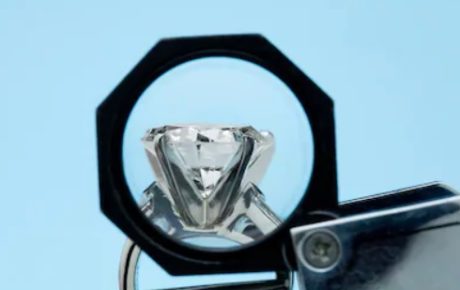
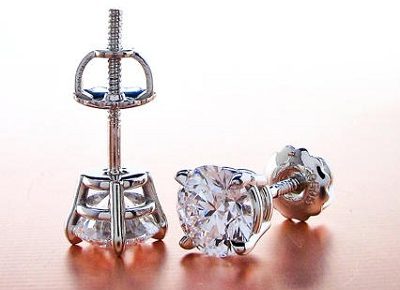










16 Comments
Follow me Paul im your biggest fan
-Love Jordan
this is really interesting info about mining for diamonds, i like it, no no wait, I LOVE IT!!!! :3
If i wanted to start my own operations, how much money would it cost to get a license and machinery?
Is it only Africans who mine diamonds? Why do you always provide stereotypical images of Africans?
“When was the last time you thought about the African people and miners who are getting their hands dirty in order for you to wear that beautiful engagement ring”
Just using ‘miners’ works well too!
Hi Paul, me again. I was wondering how feminists work. Do they mine diamonds. Or they just pretentious.
This really helped me with my college studies and learning how are diamonds extracted from the ground. Do you know which is the least costly way to to harvest the ore?
Jordan, you really freak me out, you are kind of a stalker to Paul. And Anna, the lowest cost of mining diamonds is via open pit mining due to the scale and economics of doing so. Have fun! Diamonds are fun to study.
This really helped with my science project! Thank You! The diamond processing part was something I needed for a presentation.
Paul I love you! This site is the best things that happened to me, ever!
I also admire the work of the miners because, its a very good job that they do in order for us to wear those jewellery made of diamonds dug by their own hands. they get their hands dirty for us and learning about how to mine diamonds in real life makes us appreciate jewelry better.
This Really helped me with my Science presentation, Thank you so much!
Thanks for helping out in my science report. I needed info on how are diamonds extracted from kimberlite and the open pit mining process was really useful. What’s ur last name? i’m doing a project and i’m trying to cite u.
My last name is Gian.
Would you be able to leave a link to your work? I would love to read about it.
Read this interesting piece about how diamonds should be extracted, versus how they are doing it now.
https://www.ctvnews.ca/sci-tech/alberta-high-school-student-discovers-new-diamond-extraction-method-1.4232736
That’s really interesting. Thanks for sharing the link!
Dear Mr. Paul Gian, It was my pleasure to go through your profile. Heart congratulations.
I am a retired principal of a college and my subject is geology. Presently, I am compiling information on diamond for a ‘directory in geology’.
I will be highly obliged if you provide some latest data on ‘Present status of the Diamond industry of the globe’, which I need for a academic purpose for students and general readers of Maharashtra state (India). I will be translating it in our local language (Marathi)
I actually don’t have the latest data set available to me and I think you can get it from other places like Bain. They do an annual coverage of the industry which is fairly extensive in my opinion.
I do have some data compiled here that you might find useful though: https://beyond4cs.com/diamond-industry-trade-statistics/